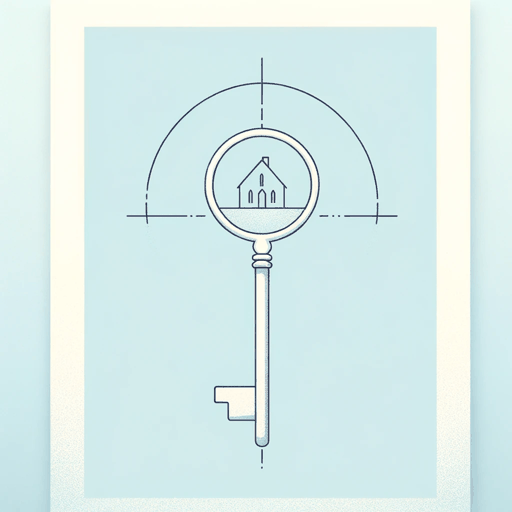48 pages • 1 hour read
Alice FeeneySometimes I Lie
Fiction | Novel | Adult | Published in 2017A modern alternative to SparkNotes and CliffsNotes, SuperSummary offers high-quality Study Guides with detailed chapter summaries and analysis of major themes, characters, and more.
Symbols & Motifs
The Diary
The novel uses the symbol of a child’s diary ironically. If a diary conventionally represents the promise of authentic and honest revelation—no one, presumably, lies in their own diary—then surely access to entries particular to the heinous crime at the center of Amber’s childhood would settle lines of responsibility and create much-needed transparency in a novel otherwise haunted by shadows. The natural assumption, of course, given the position of Amber as first-person narrator, is to assume the diary entries are hers as well. She reveals to Paul late in the novel that Claire was in fact the diarist. This contested sense of authorship adds to the novel’s complexity. Is the diary Amber’s? Is this another fabrication of a compulsive and unrepentant liar?
At the heart of this complex novel, with its crossplots and secrets and multiple identities and outright lies, are the diary entries that cover the holiday season in which Amber’s (that is Taylor’s) parents were apparently killed in a housefire that was apparently set by Claire, who was apparently acting at the direction of Amber/Taylor herself. Claire simply assumes Amber wants her difficult and emotionally distant parents gone. The model for diarists in the novel is no less than Anne Frank herself, the subject of a classroom history unit and the reason why Claire starts keeping a diary in the first place.
Related Titles
By Alice Feeney




